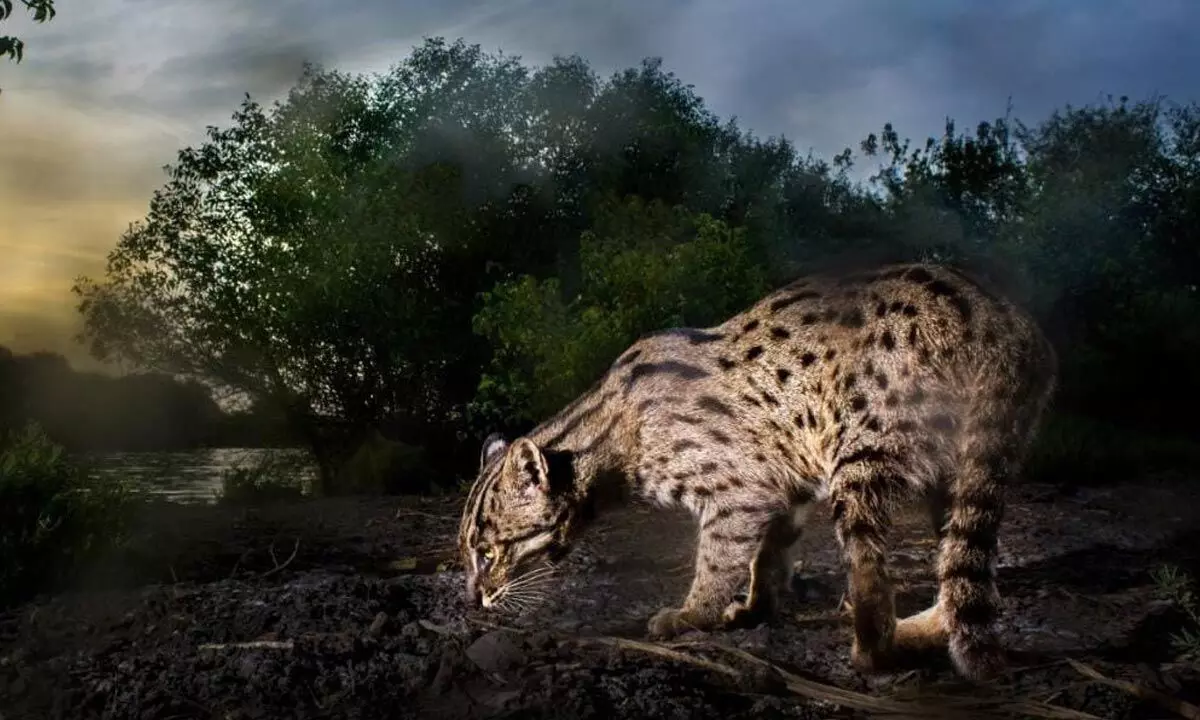Live
- Nivin Pauly Responds After Police Clear Him of Sexual Assault Allegations
- PV Sindhu Centre for Badminton and Sports Excellence to come up in Visakhapatnam
- National Cancer Awareness Day: A Comprehensive Guide to Cancer Screenings — Which Tests Are Required and When
- Supreme Court orders liquidation of Jet Airways
- Hema Committee report: Kerala HC appoints amicus curiae to assist Govt in framing policies for women
- Mahindra clocks 13 pc jump in Q2 net profit as SUV, tractor sales surge
- India’s nutraceutical industry eyes global growth with support from Ayurveda: Centre
- Centre doubles penalty for stubble burning amid rising air pollution in Delhi-NCR
- Govt to give facelift to GGH, boost infra in PHCs
- No Uranium mining in Kappatralla village, Collector assures residents









